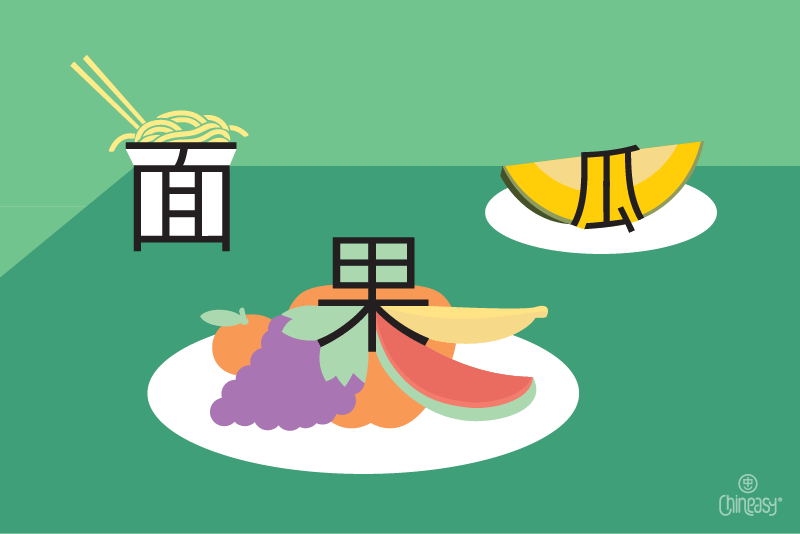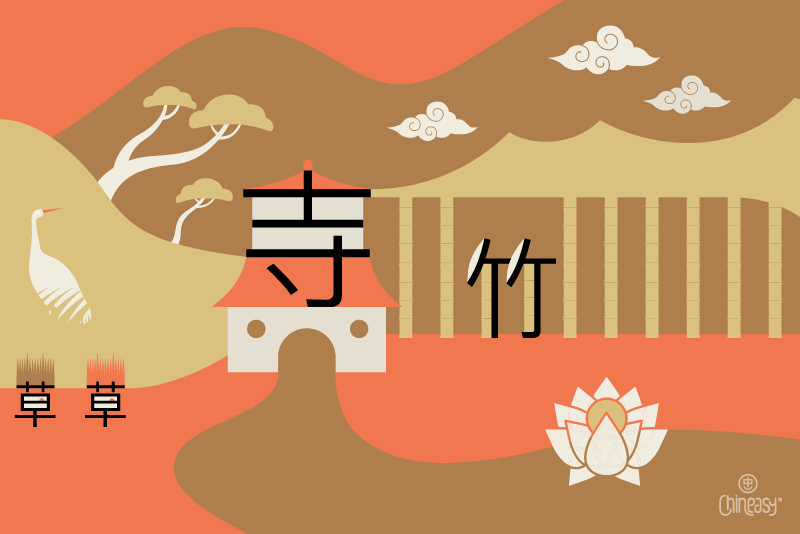Let’s get radical!
🙋 If your goal is to learn to read Chinese characters FAST, then you’ve got to have a basic concept of Chinese radicals, aka bushou (部首).
Most bushou include semantic or even phonetic qualities. So, if you can identify a character’s radical, then you’ll be able to guess the meaning or sound without even knowing the character in the first place.
The very-first bushou you might come across is 人 (rén; person). 🚶 Imagine the same character squashed to the left. 亻is often called “single person radical.” The compound characters contain 亻 likely related to person or express extended meanings. For instance:
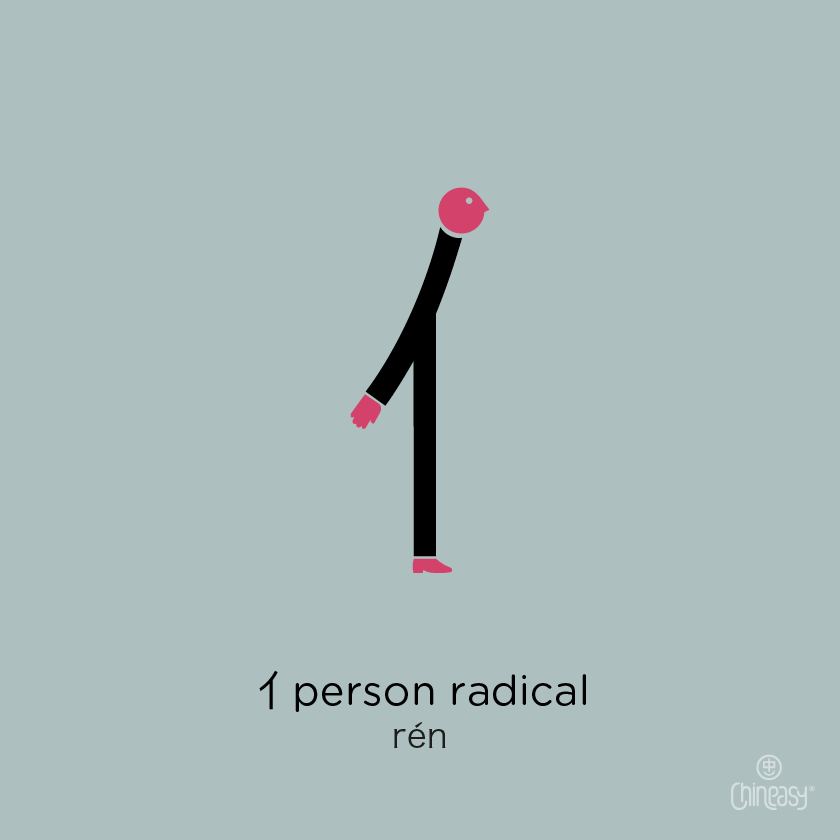
休 (xiū)
亻+ 木 (tree/woods) imagine a person leaning against a tree to get some “rest” (休)!
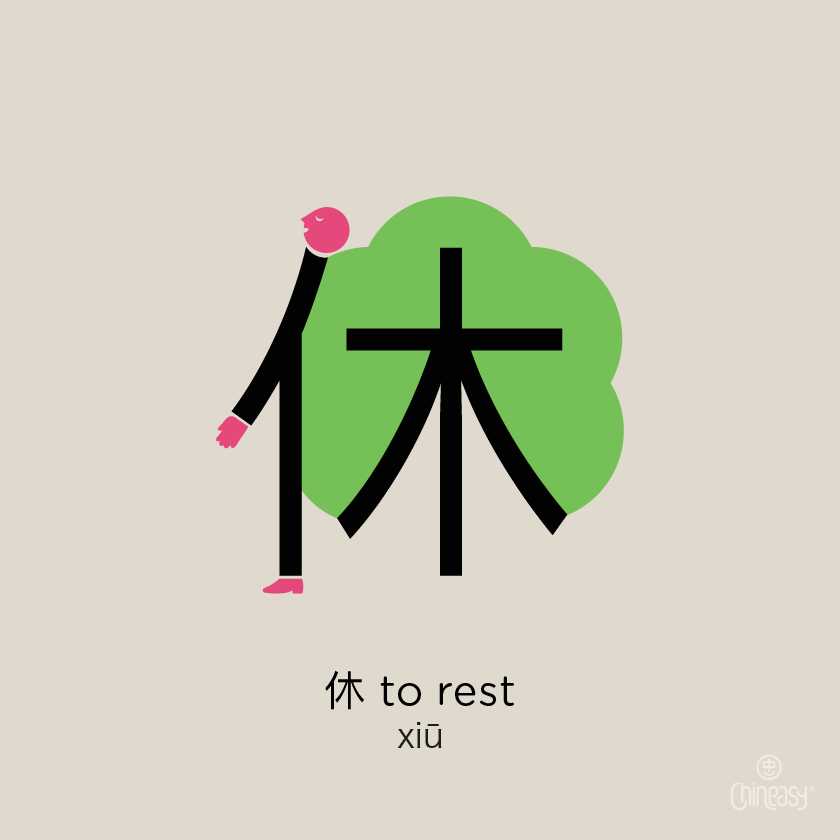
仙 (xiān)
亻+ 山 (mountain) Imagine a person living as long as a mountain will appear immortal to other people. 仙 can also mean “god” or “fairy.”
✨ If you want to dive deeper into Chinese culture and language, download our Chineasy app for free! Available in the App Store and Play Store! ✨
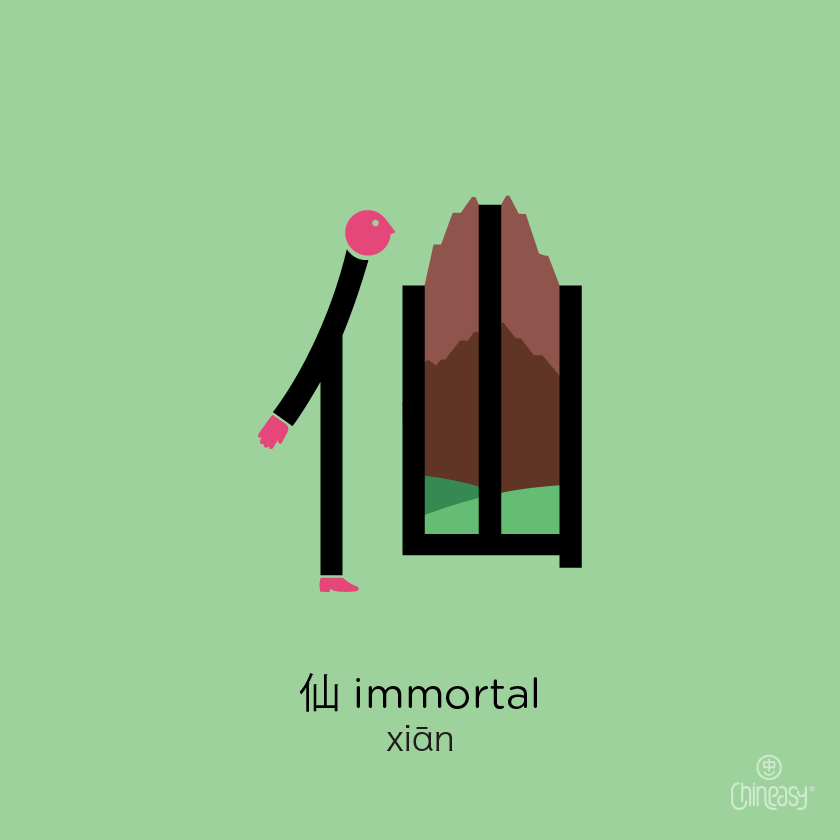
The other common radical we’d like to introduce is 水 (shuǐ; water). Its squashed version 氵 is often called “three dots water.” The compound characters contain 氵 likely related to water or express extended meanings.
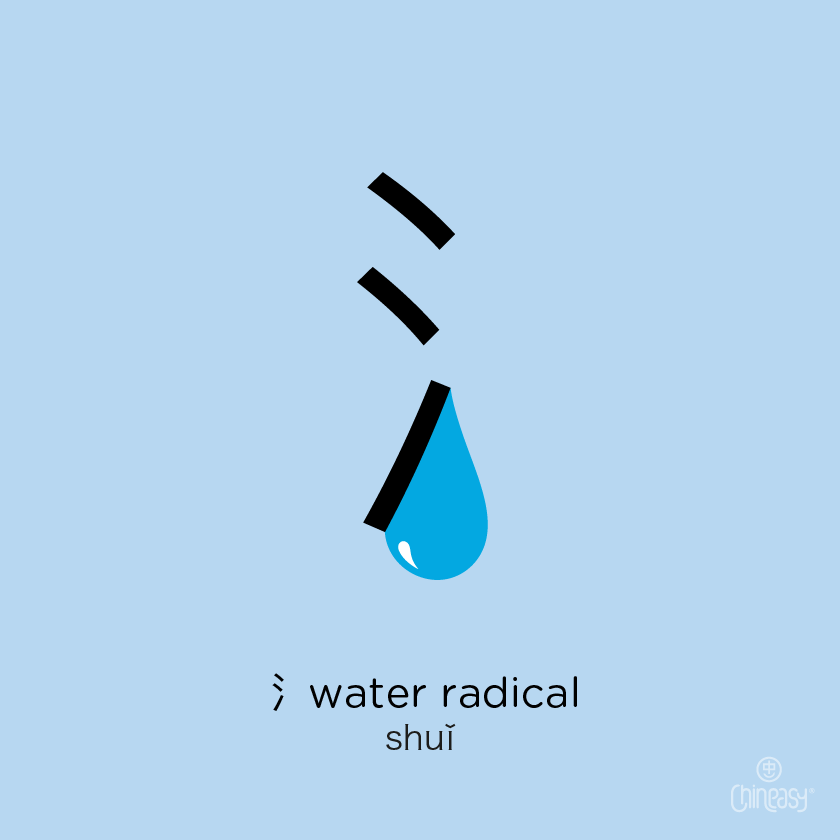
For example:
沫 (mò; foam)
The water radical is combined with 末 (mò; “final,” “last,” “end”)
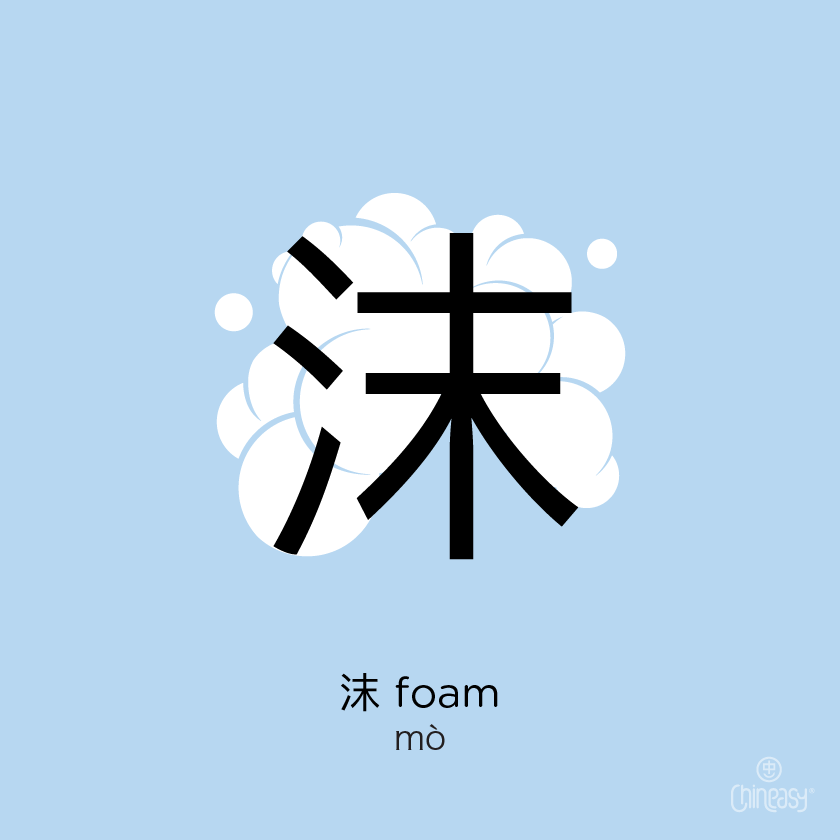
淡 (dàn; diluted, plain)
Combining water with two fires, we get 淡, something that’s “diluted,” or “plain” in taste.
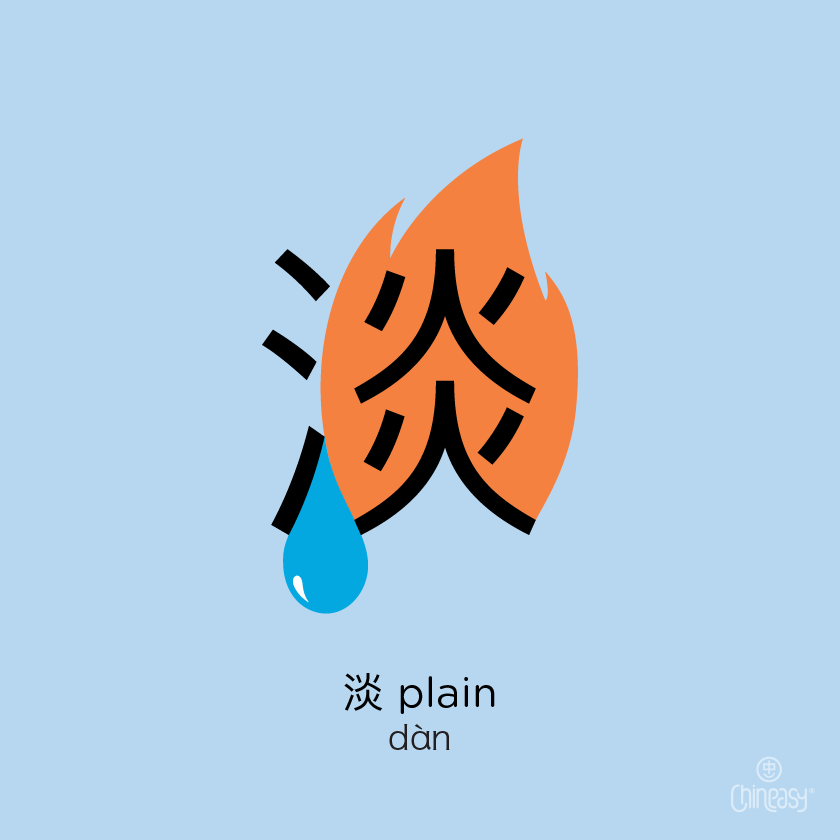
What other characters do you know that have the water radical 水 or 氵? What other radicals do you know of?

